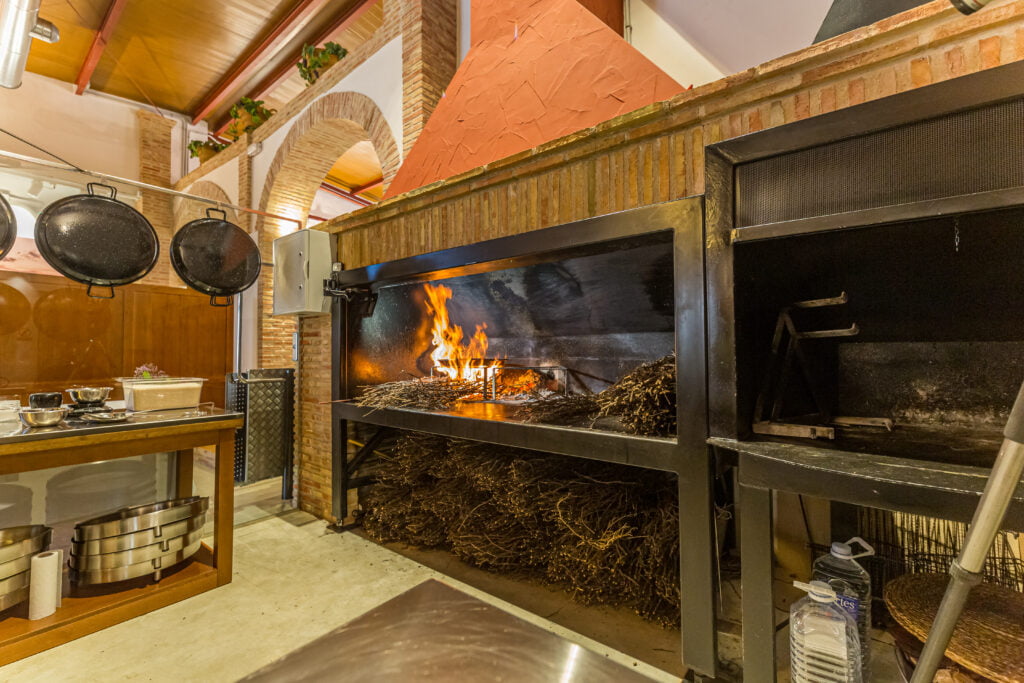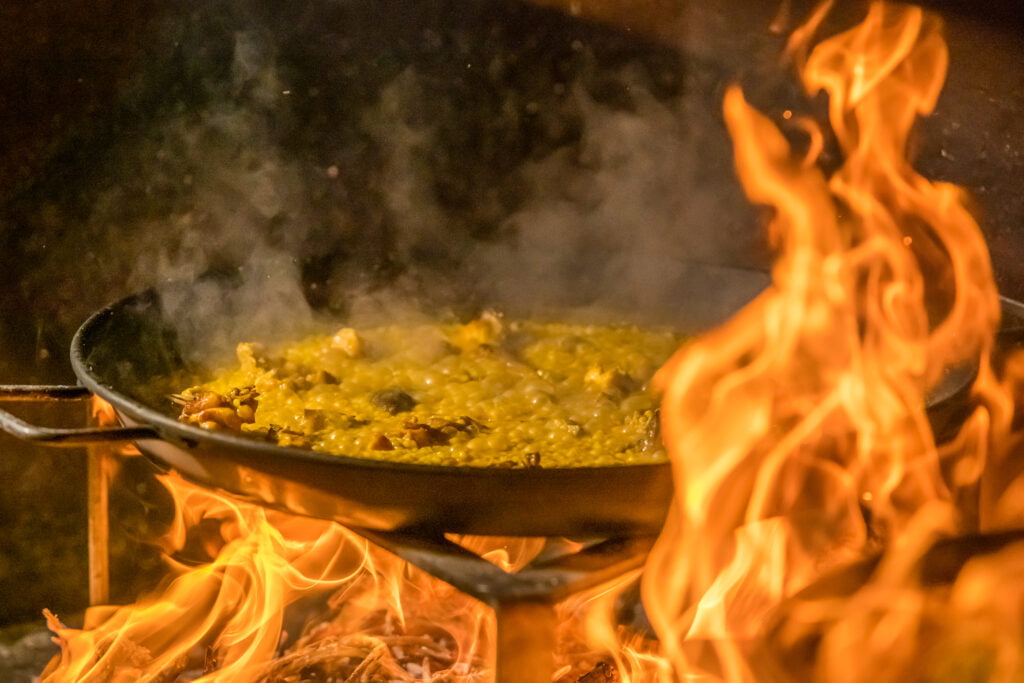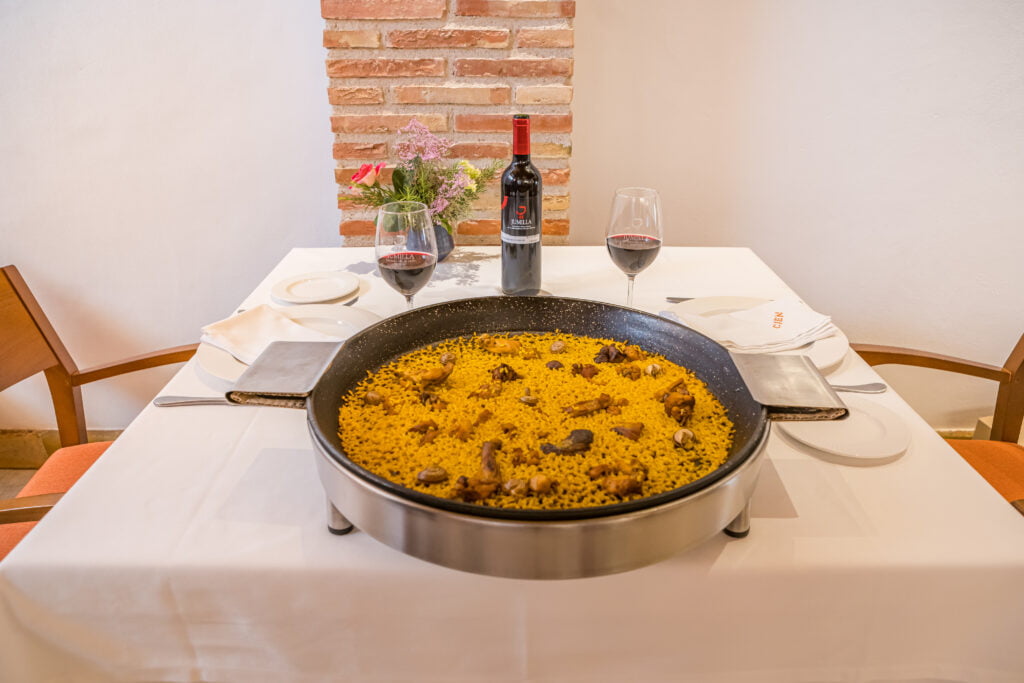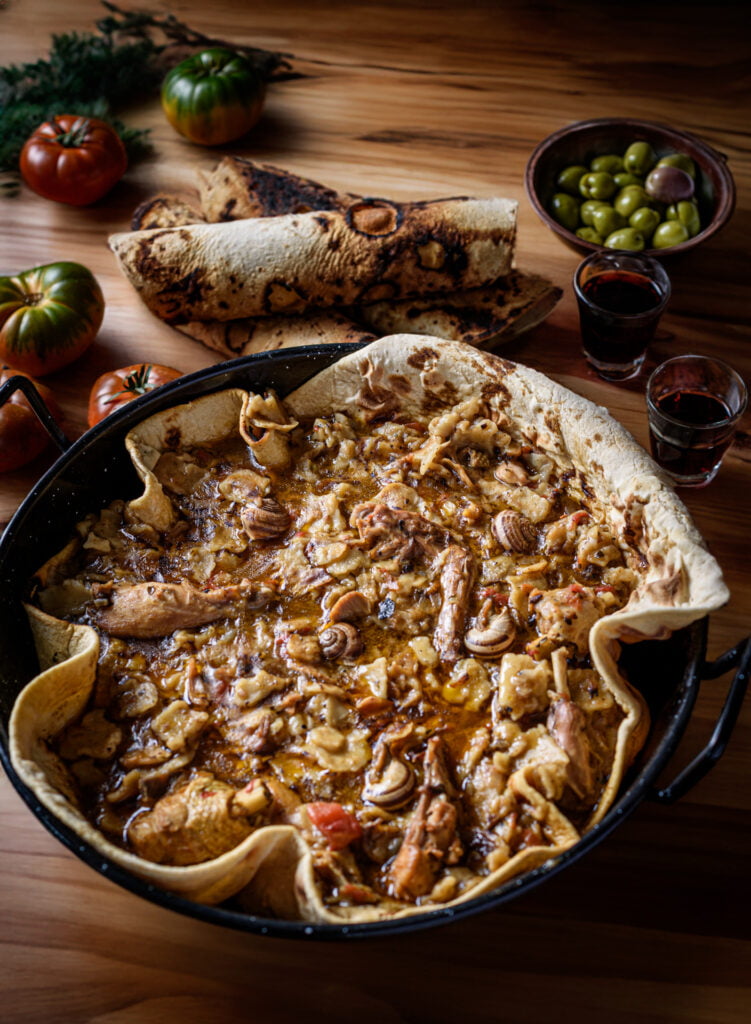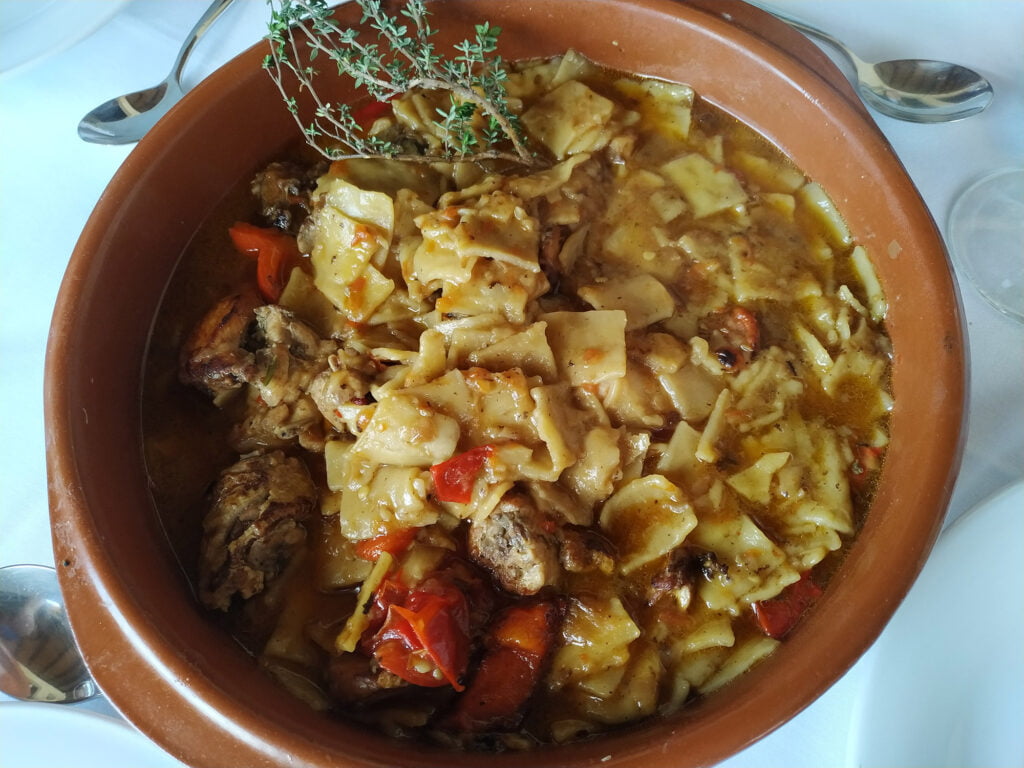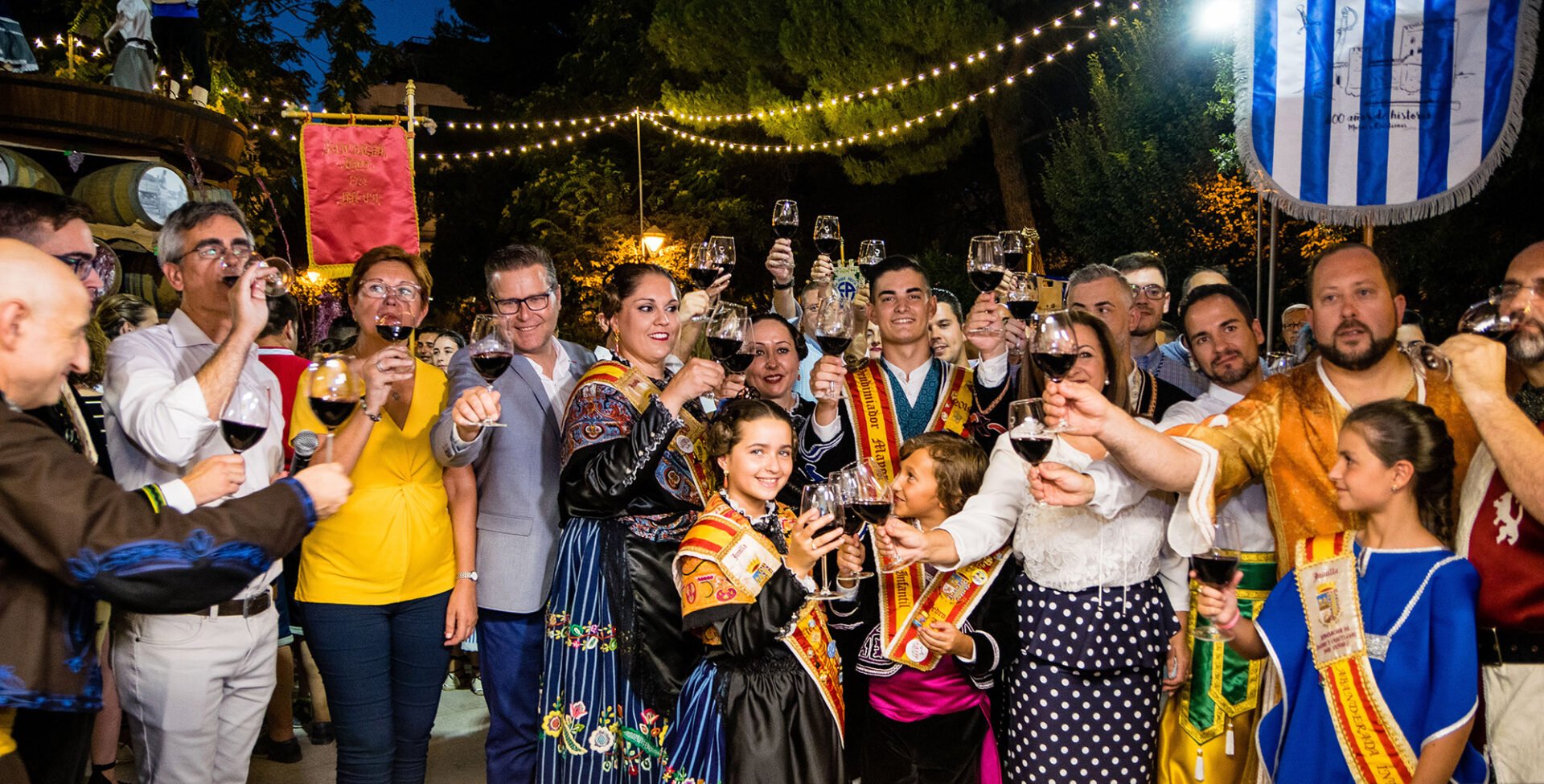WINE TOURISM AND FINE DINING
A rich diversity of produce to pair with Jumilla’s versatile wines
We are an ancient wine-growing region with diverse microclimates and landscapes, and altitudes reaching up to 1,000m. Our identity is forged by our emblematic grape, Monastrell, which miraculously thrives in near-desert like conditions to produce wines with vibrant fruit flavour and beguiling aromas reminiscent of the wild flowers growing in the nearby hills.
More than just a wine region, Jumilla has much to offer its visitors
Visiting the Jumilla PDO offers travellers the chance to soak up the culture, tradition and customs of a wine region with deep, historic wine-growing roots. While enhancing your wine-growing knowledge, you can enjoy taking a walk through amazing vineyards and national parks, staying a few nights off the beaten track in a rural setting, as well as tasting the delicious gastronomy of the region. In exploring the many small villages and towns that make up the wine region, you’ll immerse yourself in Jumilla’s fascinating historical, cultural and natural heritage.
Arriving by car from Madrid, the A3 highway heading south-east crosses vast stretches of the La Mancha plains. Once south of Albacete town, you enter the rugged, hilly landscape of the Jumilla wine region. Though naturally associated with the province of Murcia, the Jumilla wine appellation includes a large part of Albacete, well known for its cheeses and Don Quixote. Though Murcia is where the majority of the appellation’s wineries are found, Albacete province has the larger surface area of vines.
Fine dining
Jumilla is increasingly recognised for its high quality red wines, refreshing rosés and aromatic whites, and there are numerous restaurants offering local specialities to pair with them. It’s often assumed that the coastline stretching from Valencia to Alicante is the home of paella. But these rice-based dishes, known locally as “arroces” (rice dishes), are also the traditional speciality of the Jumilla region, some 100km inland.
What’s more, Calasparra in Murcia province boasts its own home-grown rice -an upmarket, round-grain absorbent type of rice, that’s ideal for paella and is particularly sought-after by rice connoisseurs.
Savour the region’s very own paella and gazpacho
Jumilla has its own particular variations of paella, the most traditional of which is prepared with rabbit and snails and cooked in huge shallow pans over the flames of burning vine shoots. Vegetarian and vegan dishes are also widely offered in Jumilla; after all, Murcia is the vegetable garden of Spain, and so much so that restaurants have even been created in the middle of orchards. Crisp local rosé wines, made with either Monastrell or Grenache, pair well with the local rice dishes. A proportion of the region’s rosés inevitably reflects the current trend towards the lighter, pale pink Provence-style wines; however, a number of Jumilla producers opt for a rosé with deeper colour and more body, which is well-suited to the local food and most especially to rice dishes.
For gazpacho-lovers, a word of warning: Gazpacho Jumillano is nothing like the tomato- based gazpachos of Andalusia. This is a vegetable and rabbit dish served on flatbread and a great favourite with local foodies. Murcia is also famous for its goat’s cheese, the rind of which is soaked in red wine. Try it with a glass of Monastrell Red Dulce -it’s a match made in heaven!
The Fiesta de la Vendimia
Every year, Jumilla comes alive with the joyous celebration of the grape harvest. The Fiesta de la Vendimia is a vibrant and colourful event that pays homage to the centuries-old winemaking traditions that have thrived in this region.
From the moment the first grapes are picked until the final drop of wine is poured, the town resonates with the sounds of laughter, music, and clinking glasses.


